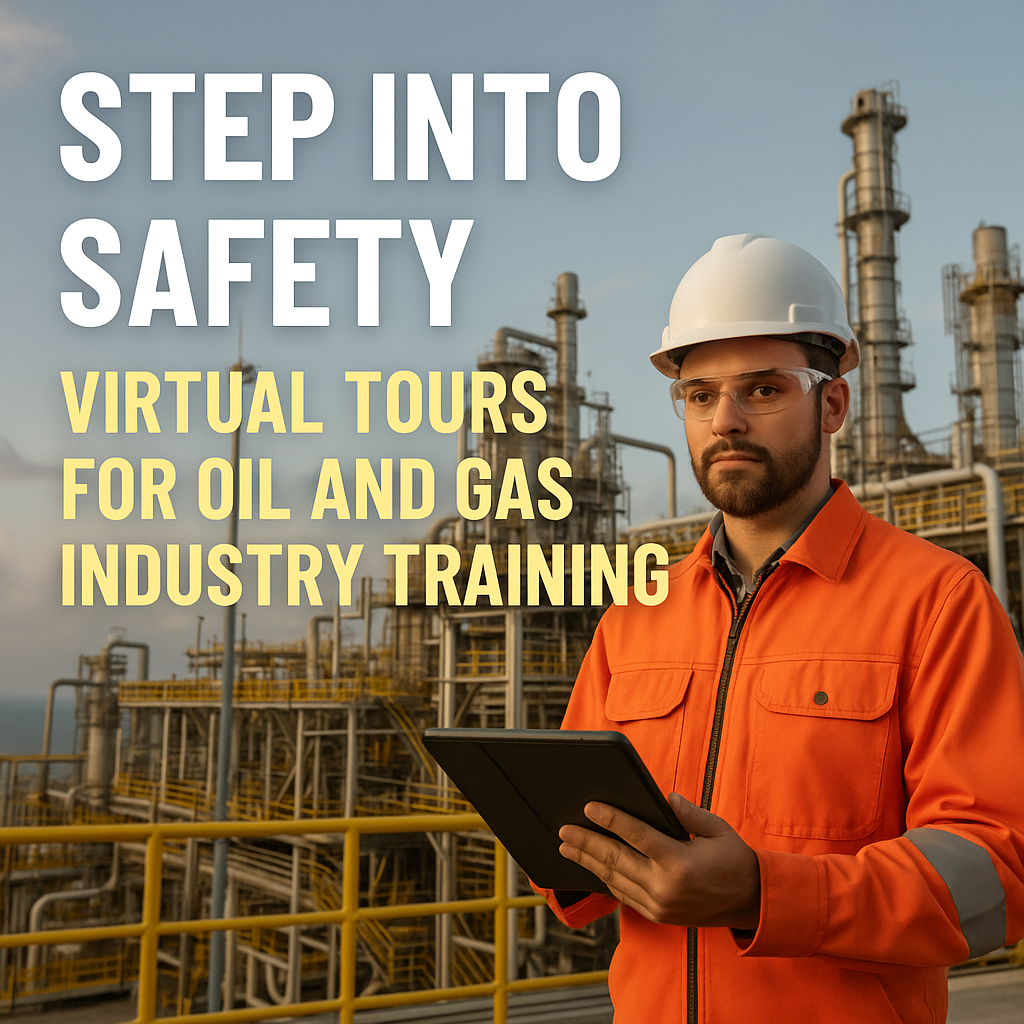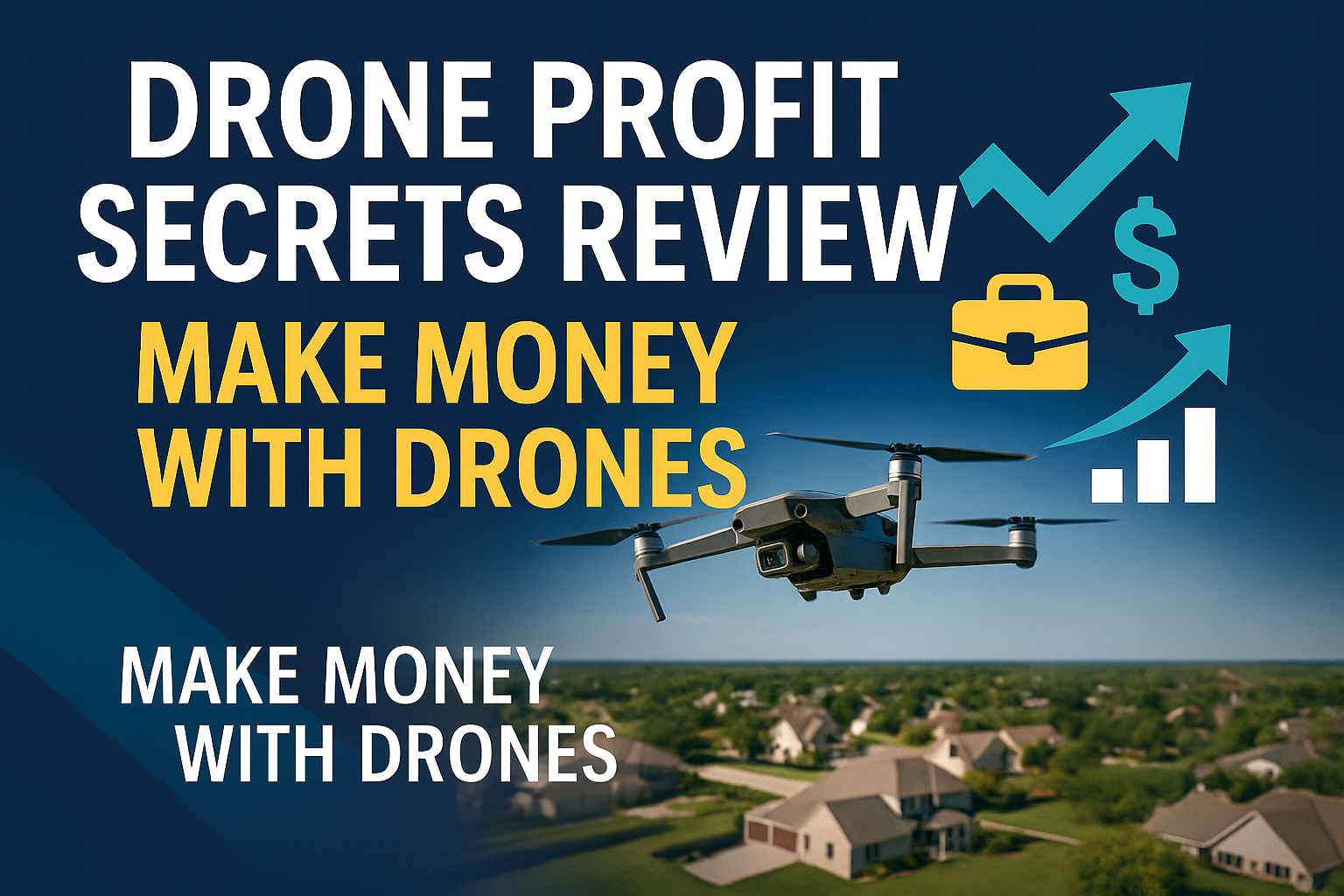🛢️ Step Into Safety: Virtual Tours for Oil and Gas Industry Training
In the oil and gas sector, safety isn’t optional — it’s essential. ⚠️ With high-risk environments like offshore rigs, refineries, and drilling operations, proper training can mean the difference between life and death.
But traditional safety training methods — think binders, classroom lectures, and occasional on-site walkthroughs — simply aren’t enough anymore.
That’s why leading oil and gas companies are turning to virtual tours and immersive 360° environments to train faster, safer, and smarter. 🔄
In this guide, we’ll show you how virtual tours are reshaping oil and gas training programs — and why your organization should step into this new frontier.
🧯 Why Traditional Safety Training Is Broken
The old ways of training have several pitfalls:
- 📄 Too theoretical: Reading safety manuals doesn’t prepare workers for the complexity of real-world job sites.
- 🚌 Logistics-heavy: Sending trainees to a remote rig or pipeline site is expensive, time-consuming, and often dangerous.
- 🧠 Low retention: Without hands-on experience, trainees forget vital procedures and site layouts.
That’s a big problem in an industry where one mistake can lead to explosions, spills, or loss of life.
👷♂️ What Are Virtual Safety Tours?
A virtual safety tour is a simulated walkthrough of a real-world site — created with 360° imagery or 3D renderings — layered with interactive content like:
- 🚨 Hazard hotspots
- 🔄 Emergency exits
- ✅ Safety protocols
- 🎧 Narration and onboarding videos
- 📋 Checklists and quizzes
Accessible on any device — mobile, desktop, or VR headset — these tours recreate high-risk environments in a safe, controlled way.
💡 Benefits of Virtual Tours for Safety Training
Let’s break down the top reasons oil and gas companies are adopting virtual tours:
1. 🎓 Learn by Doing, Not Just Watching
Virtual tours give trainees a realistic view of their job sites. They can navigate pipelines, rigs, or compressor stations, recognize safety hazards, and practice responses — all before stepping foot on-site.
🧠 Studies show that immersive learning increases retention rates by 70% compared to traditional formats.
2. 🌎 Train Workers Anywhere
Whether it’s an offshore rig in the Gulf or a shale field in North Dakota, virtual tours bring the job site to the trainee — not the other way around.
This enables:
- Global training consistency 🌐
- Faster deployment of contractors 🚛
- Reduced travel and liability costs 💰
3. ⏱️ Faster Onboarding, Better Preparedness
New hires can explore and familiarize themselves with job sites before day one.
That means:
- They arrive prepared 💼
- Less hand-holding from supervisors 🤝
- Reduced early-stage safety incidents 📉
4. 📈 Data-Driven Insights for Compliance
With interactive safety tours, you can track progress, identify who completed training, and monitor quiz results.
This helps:
- Ensure OSHA and HSE compliance 🛡️
- Prove due diligence during audits 📊
- Highlight gaps in worker knowledge 👀
5. 🛠️ Easy to Update and Scale
Unlike printed manuals or on-site walkthroughs, virtual tours can be updated instantly when processes or site layouts change.
One video shoot = repeatable, scalable training across thousands of workers.
🔧 Real-World Use Cases in Oil & Gas
Let’s see where virtual safety tours are making an impact:
🛢️ Drilling Rig Orientation
New employees “walk” through the rig, identify high-risk zones, and review:
- Lock-out/tag-out procedures
- Ladder and scaffold safety
- Blowout preventer areas
🏭 Refinery Safety Briefings
Trainees explore refineries virtually and learn:
- PPE stations and gear requirements
- Emergency assembly points
- Restricted chemical storage areas
🧪 Pipeline Inspection Simulations
For midstream companies, virtual walkthroughs assist in:
- Simulating leak detection steps
- Identifying pressure hazards
- Practicing emergency valve shutoffs
🚁 Offshore Platform Evacuation Drills
Simulations help workers prepare for helicopter landings, lifeboat drills, and confined space escapes — all without real-world risk.
🧑💻 How to Build Your Own Virtual Safety Tour
You don’t need a Hollywood budget to get started. Here’s a simple 4-step process:
1. 📸 Capture 360° Content
Use a 360 camera (like Ricoh Theta or Insta360) to photograph or record every key area of your site.
Focus on:
- Entry/exit points
- Dangerous machinery
- PPE zones
- Emergency gear locations
2. 🖥️ Build the Tour with a Platform
Upload your visuals to a virtual tour platform like CloudPano or Kuula. These tools let you:
- Stitch scenes together
- Add clickable content
- Embed training videos and text
3. 🧩 Add Interactivity
Highlight hazards with icons or alerts. Include:
- Step-by-step procedures
- Quizzes for comprehension
- Voiceovers from site supervisors
4. 🔗 Share and Deploy
Embed the final tour in your Learning Management System (LMS), email onboarding links, or integrate with your company intranet.
Boom — training is now live and scalable.
🛑 Addressing Common Objections
“My team isn’t tech-savvy.”
No worries. Virtual tours are intuitive and run in any web browser — no downloads or VR goggles required.
“It’s too expensive.”
Not true. A single 360 camera setup and virtual tour platform can train hundreds of employees, slashing travel and incident costs.
“We already have training videos.”
Perfect — you can embed those right into the tour for extra context and layered learning.
📊 The ROI of Safer, Smarter Training
Let’s say you reduce just one safety incident per year using virtual training. That alone could save:
- 💰 $20,000+ in injury claims
- ⏱️ 100+ hours in incident investigations
- 🛡️ Legal and compliance risks
Now multiply that across multiple sites and hundreds of employees — the ROI becomes massive.
🔮 What’s Next? AI + Safety Tours
Imagine this:
- A virtual trainer powered by AI guides your team through tours
- It asks questions, checks understanding, and adapts based on answers
- It automatically updates training when OSHA rules change
That’s not science fiction — it’s coming fast. And your company can be ahead of the curve.
✅ Final Thoughts: Don’t Wait for an Incident
In oil and gas, proactive training saves lives.
Virtual tours let your team step into complex environments safely — and give them the knowledge to work smarter and avoid costly mistakes.
Ready to step into safety?














.png)



.png)





.png)

.png)





